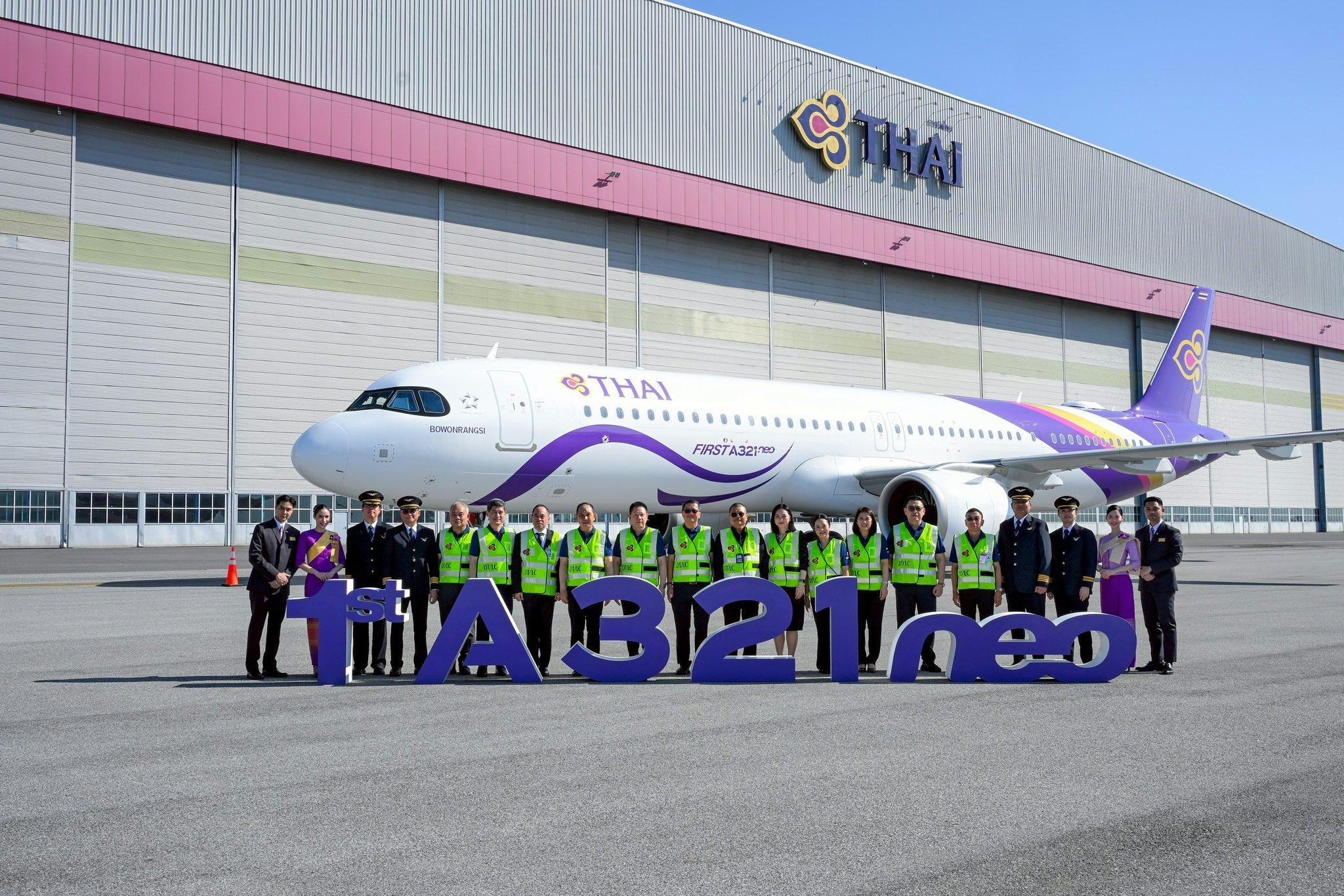
AeroGenie — Votre copilote intelligent.
Tendances
Categories
Why Boeing Equipped the 787 with Two Engine Options
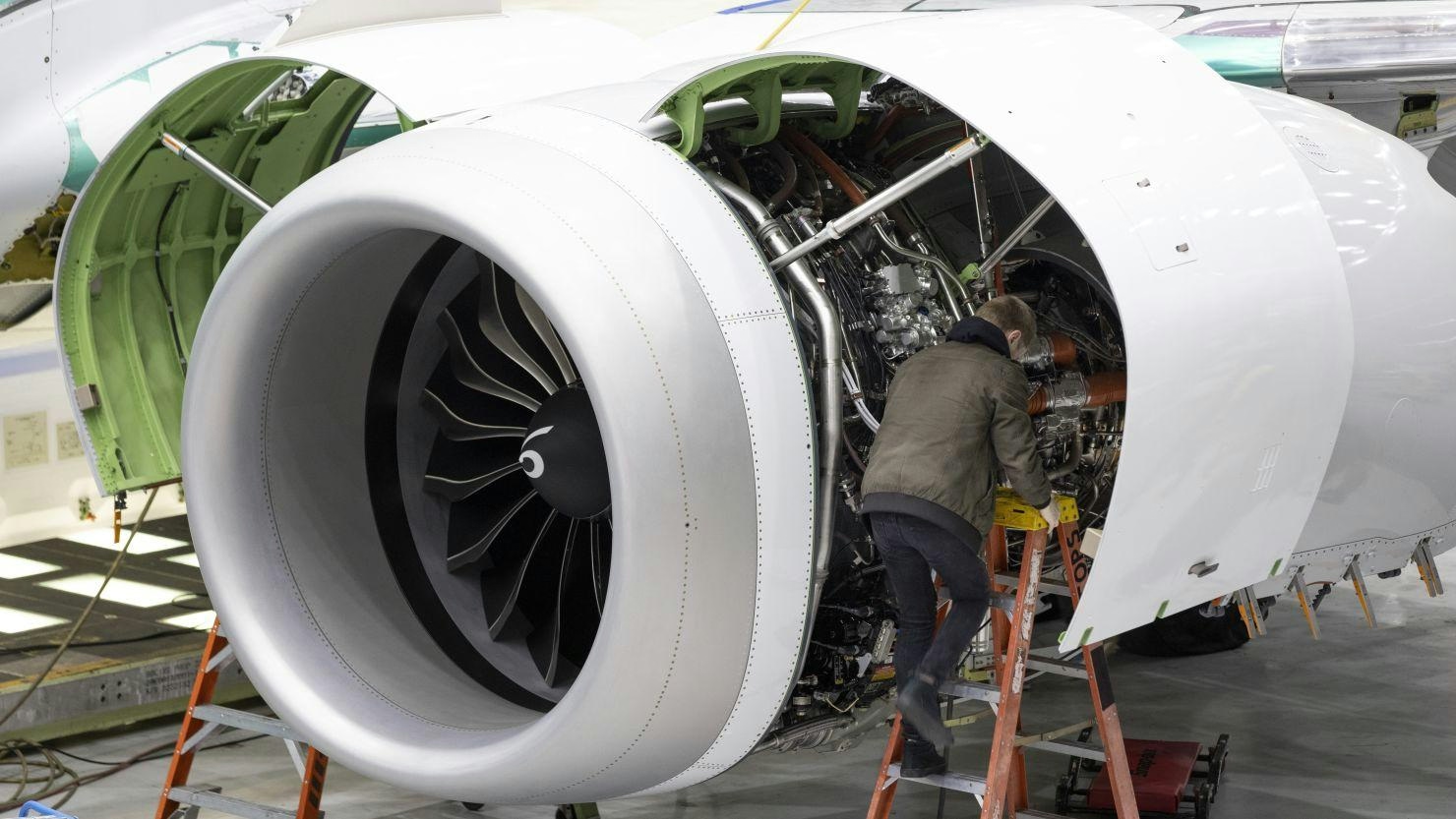
Why Boeing Equipped the 787 with Two Engine Options
Boeing’s decision to offer the 787 Dreamliner with two distinct engine choices—the General Electric GEnx-1B and the Rolls-Royce Trent 1000—stands as one of the program’s most significant strategic moves. This dual-engine approach was designed to address a complex array of factors that directly influence an airline’s operational efficiency and profitability, including fuel efficiency, reliability, maintenance cycles, noise levels, ETOPS (Extended-range Twin-engine Operational Performance Standards) clearance, and fleet commonality.
Strategic Rationale Behind Dual Engine Certification
The primary motivation behind certifying the 787 with both the GEnx-1B and Trent 1000 engines was to maximize market appeal while minimizing development risk. By providing airlines with the option to select an engine that best suited their specific operational priorities—whether that be fuel consumption, maintenance schedules, noise reduction, or compatibility with existing fleets—Boeing enhanced the aircraft’s versatility. This strategy also distributed technical and supply-chain risks across two manufacturers, reducing reliance on a single supplier and strengthening the negotiating position of airlines and leasing companies.
The 787 Dreamliner itself represented a major technological leap, incorporating innovations such as a composite fuselage, bleed-less electrical systems, advanced fly-by-wire controls, and significant improvements in fuel efficiency compared to previous widebody aircraft. However, these advancements introduced considerable development challenges, particularly in integrating entirely new engine designs. Offering two engine options was a calculated measure to mitigate these risks while expanding the aircraft’s appeal across diverse airline requirements.
Operational and Financial Considerations Influencing Engine Choice
Airlines’ decisions between the GEnx-1B and Trent 1000 engines are influenced by a complex matrix of operational and financial factors. Fuel efficiency remains paramount, as even marginal improvements in fuel burn can yield substantial cost savings over an aircraft’s operational lifespan. The GEnx engine is noted for its composite fan case and swept titanium blades, which contribute to durability and extended on-wing intervals. Conversely, the Trent 1000’s three-shaft architecture is valued for its smooth power delivery and quieter operation.
Fleet commonality also plays a critical role, with carriers often favoring engines that align with their existing GE or Rolls-Royce fleets to streamline pilot training and maintenance tooling. Additionally, environmental and regulatory considerations, such as noise restrictions and emissions standards, influence engine selection, particularly for airlines operating in jurisdictions with stringent environmental policies.
Challenges and Industry Implications
Despite the advantages of the dual-engine strategy, the approach has not been without challenges. High-profile incidents, including the Air India crash, have raised concerns regarding cockpit management and fuel system complexities associated with operating different engine types. Engine failures, such as the emergency landing experienced by United Airlines, have intensified scrutiny of Boeing’s engineering decisions and affected market confidence. These events have also influenced insurance costs and prompted airlines to reevaluate operational risks.
In response, competitors have refined their aircraft designs to address similar vulnerabilities, underscoring the competitive pressures within the industry to balance innovation with reliability and safety. Boeing’s dual-engine approach on the 787 has not only shaped the aircraft’s own trajectory but has also set new standards for flexibility and choice in the global aviation market, reflecting a nuanced approach to aerospace risk management that aligns advanced technology with diverse operator needs.

Garmin Autoland Enables First Real-World Emergency Automated Landing

Phoenix to Join Major U.S. Cities in Adopting New Travel Technologies by 2026

Ethiopian Airlines Introduces Full Strip-and-Paint Process for Airbus A350-900 Fleet

Airlines with the Largest Airbus A350 Fleets in 2026
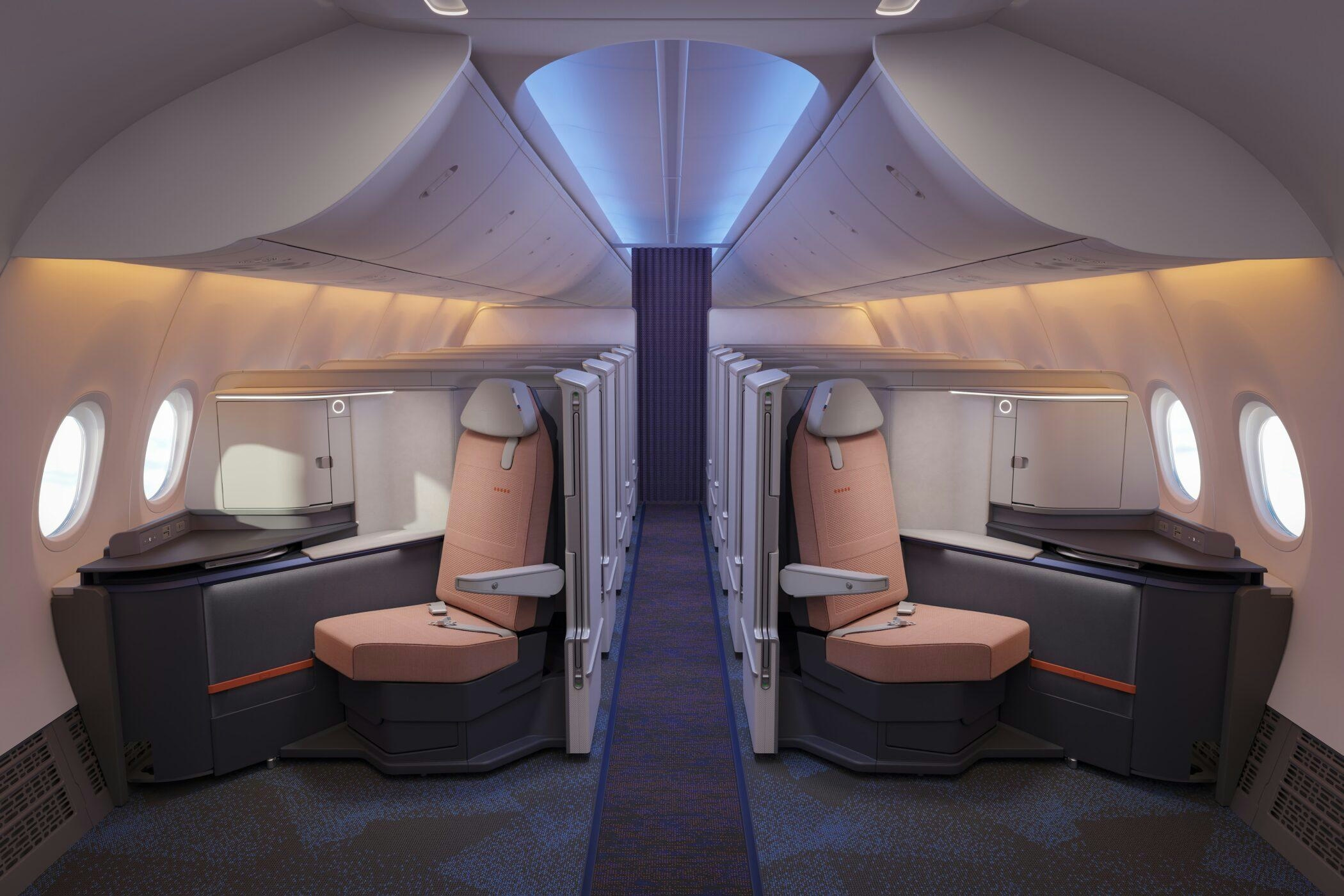
Saudia Introduces New Business Class on Airbus A321XLR

Etihad Airways Wins Over 25 Awards at 2025 Global Travel Ceremony
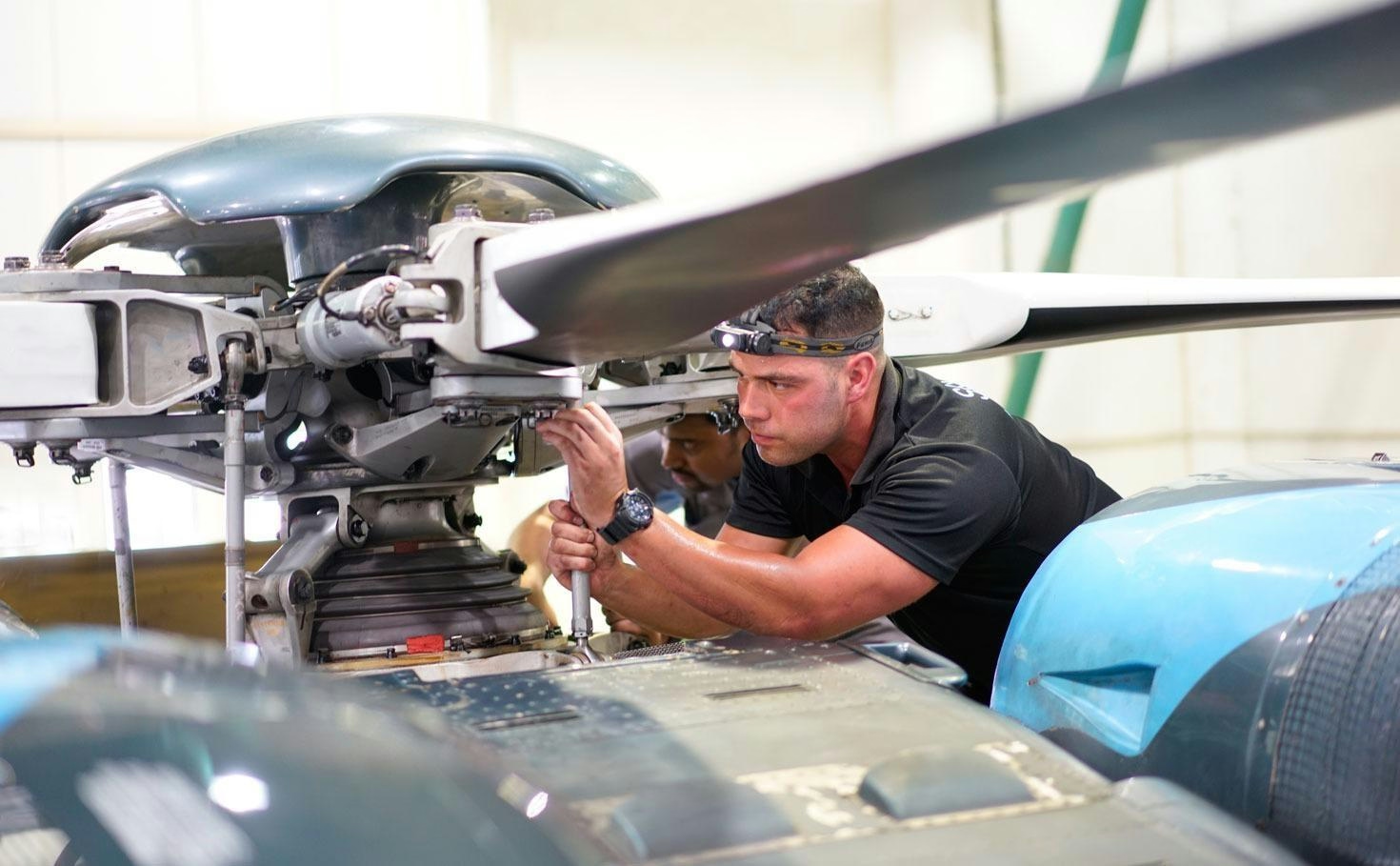
Companies Producing Diesel Airplane Engines Face Questions About Safety and Performance
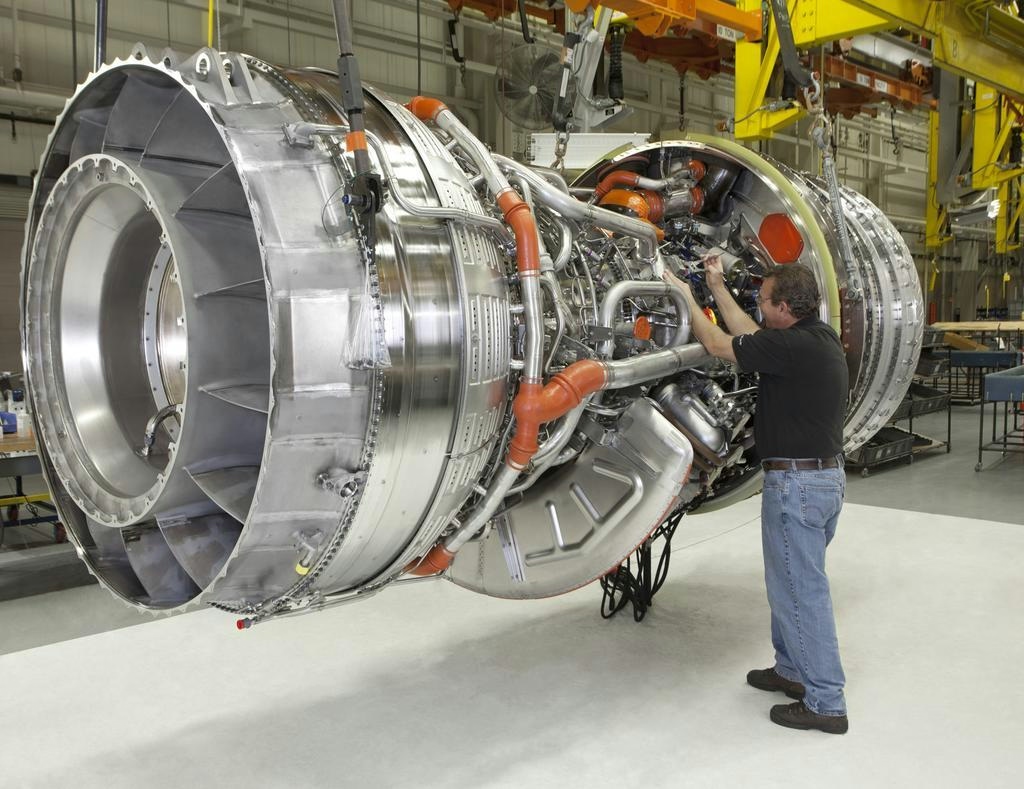
Explained: How GE Became a Jet Engine Manufacturer

Aviation Capital Group Delivers Boeing 737 MAX 8 to LOT Polish Airlines
